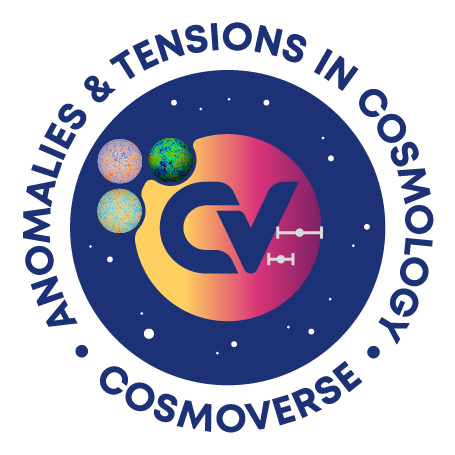Have you ever wondered about the forces that shape our universe and drive its expansion? I am here to share with you some fascinating insights into a concept called dark energy—a theoretical form of energy that has captivated scientists worldwide. Join me on this journey as we delve into the mysteries of the Cosmological Constant and its role in our ever-expanding universe. In the late 1990s, astronomers made an astonishing discovery. Observations of distant supernovae revealed something unexpected: the universe was not just expanding—it was accelerating in its expansion! This finding challenged our previous assumptions that the expansion would gradually slow down due to the gravitational pull of matter.
To explain this accelerated expansion, scientists proposed the existence of dark energy. Dark energy is thought to be a form of energy that fills space uniformly and drives the cosmic acceleration. The simplest explanation for dark energy is the cosmological constant Λ—a constant energy density that pervades the universe. Initially introduced by the brilliant Albert Einstein in his general theory of relativity, the cosmological constant was later abandoned as unnecessary. However, the accelerating expansion observations revived interest in it as a representation of dark energy. Dark energy remains one of the most enigmatic and perplexing concepts in the field of astrophysics. Its nature and origin continue to elude us, leaving scientists eager to uncover its secrets. In my recent exploration, I sought to measure the Cosmological Constant on a new scale, unveiling a potential breakthrough in our understanding.
A study conducted by Partridge et al. in 2013 shed light on the impact of the cosmological constant Λ within our own local galaxy, the Local Group (LG). This group comprises familiar neighbours such as our Milky Way and the Andromeda galaxy (M31), along with a retinue of over 78 dwarf galaxies. By envisioning the LG as a simplified two-body dynamical system, researchers employed a method called the Timing Argument to estimate its mass.

Credit: Mark Garlick/Science Photo Library (https://www.skyatnightmagazine.com/space-science/local-group-guide-galaxy-neighbourhood)
The Timing Argument is an elegant approach that examines the separation and velocities of the Milky Way and M31 galaxies from the time of the Big Bang to their subsequent motion away from each other. Astonishingly, this analysis revealed that the cosmological constant can significantly influence the inferred mass of the system by up to 13%.
Driven by a thirst for knowledge, I delved deeper into these findings, seeking to understand the broader conditions under which the cosmological constant Λ dominates in binary motion. Through rigorous analysis and the development of an analytical solution to the two-body problem, I discovered a fascinating relationship: the ratio between the Keplerian period and 63.2 billion holds the key to determining the importance of the Cosmological Constant. Given that the Andromeda-Milky Way orbit has a period of approximately 20 billion years, it became evident that Dark Energy must be considered.
Building upon these exciting revelations, I embarked on a quest to determine which value of the cosmological constant Λ aligns with the known measured mass of the Local Group, specifically that of the Milky Way and Andromeda. In my forthcoming publication (2306.14963), I present strong boundaries on the Cosmological Constant based on the motion of Andromeda—a value approximately five times greater than the measured value from Planck. These findings open up thrilling new avenues for investigating the Cosmological Constant on previously unexplored scales.
These ground-breaking discoveries serve as catalysts for further exploration and research. I am eager to delve into alternative theories and expand my studies to other LG-like galaxies, in order to further constrain dark energy in new scales. These endeavours promise to yield fresh and valuable insights, bringing us closer to unravelling the intricate workings of our vast and awe-inspiring universe. Together, let us embark on this captivating journey of discovery. The cosmos beckons, and there is so much more to uncover. By pushing the boundaries of our knowledge and embracing the mysteries of dark energy, we take another step towards gaining a deeper understanding of our Universe and our place within it.
